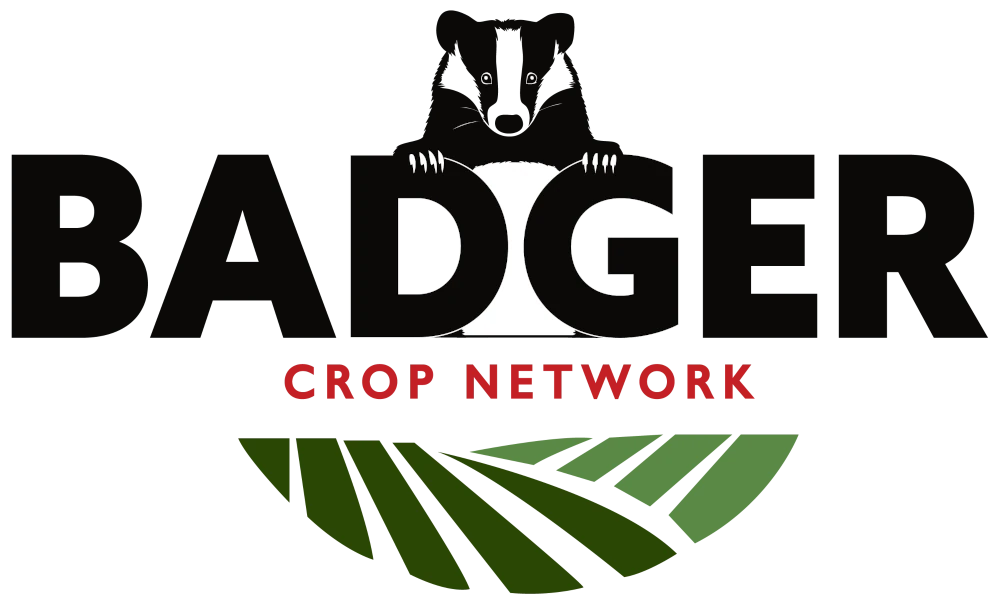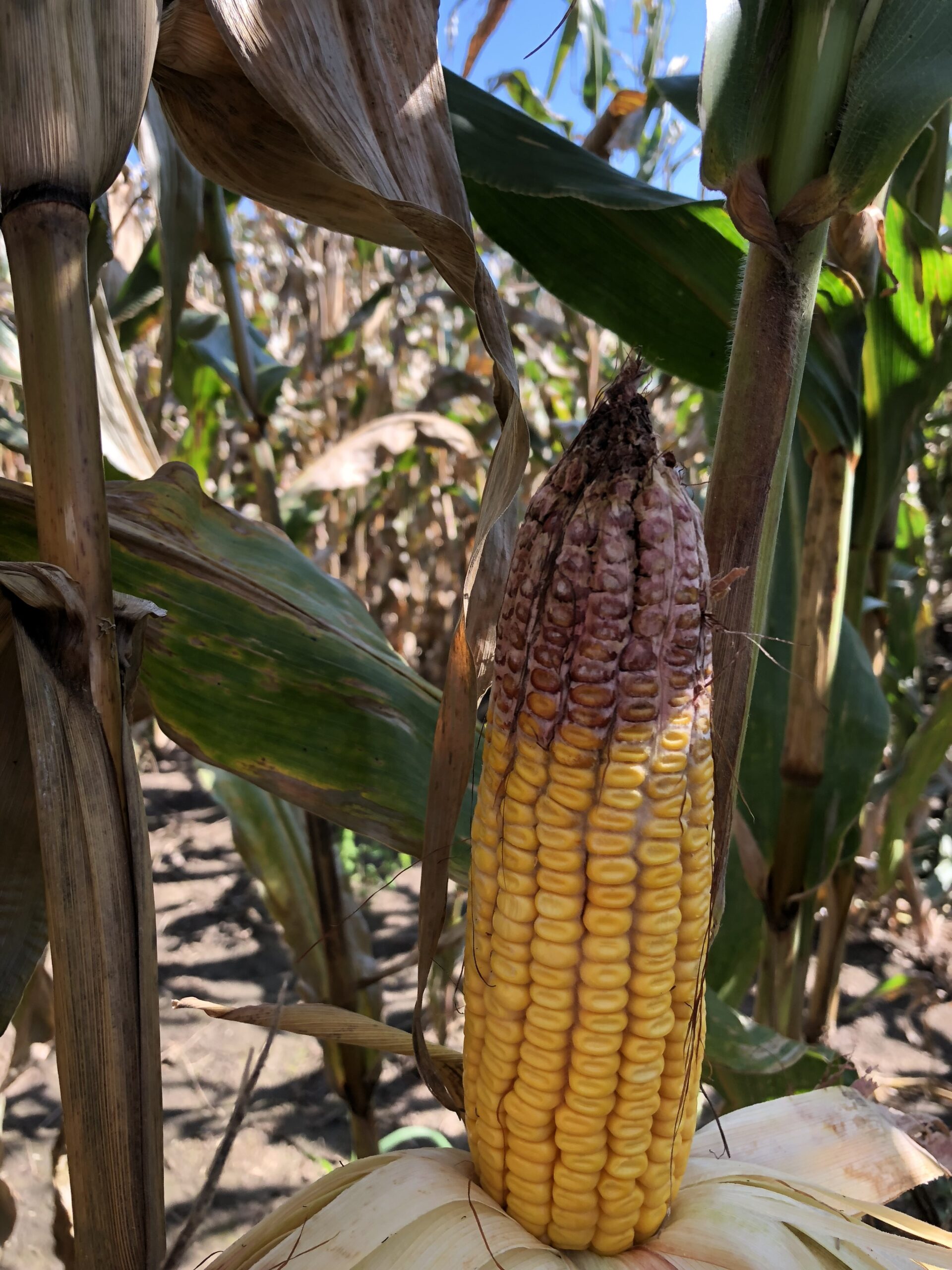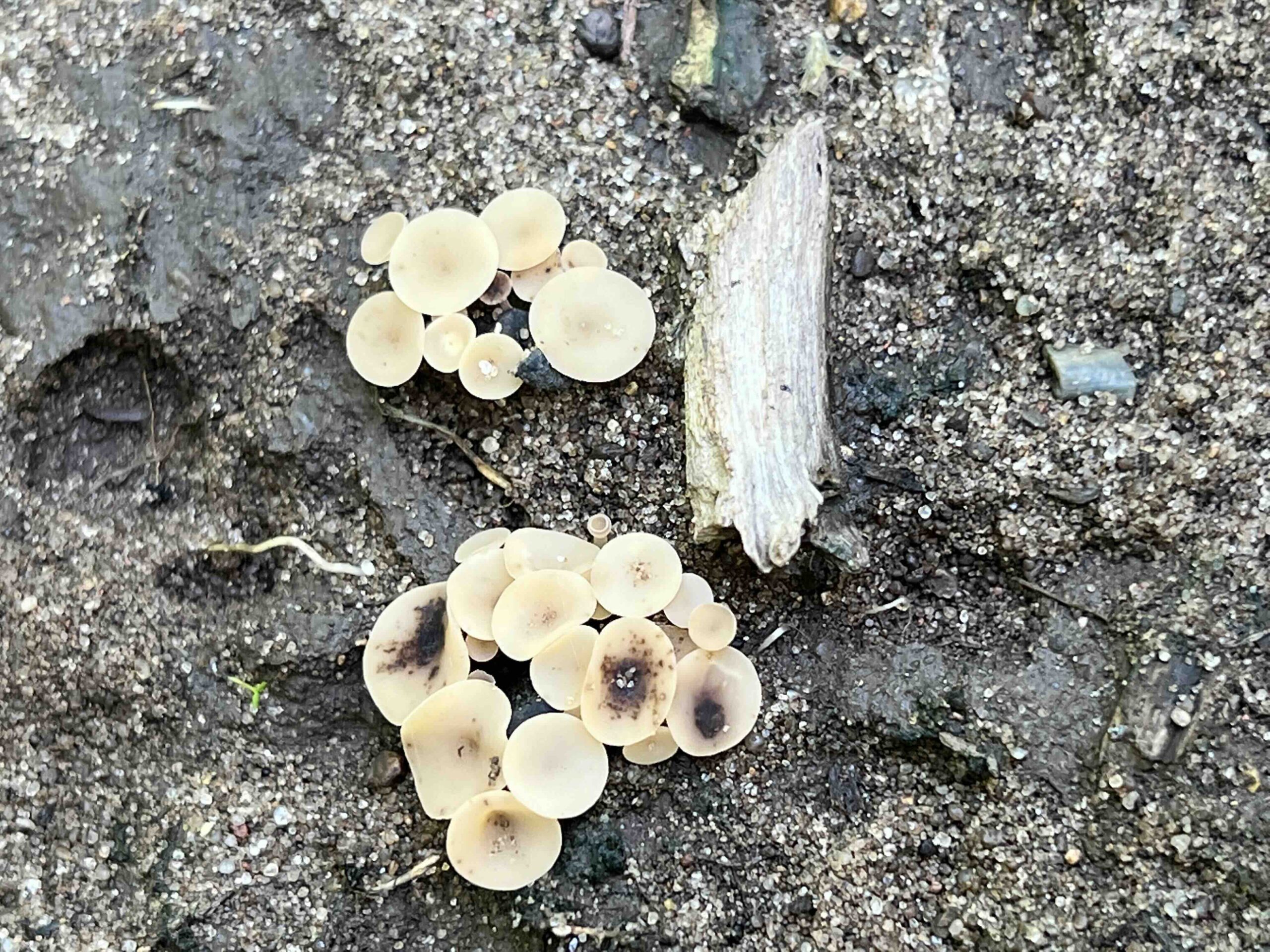Wisconsin saw a 13% increase in winter wheat acres planted during the 2024–2025 growing season, reaching 300,000 acres. Of these, 250,000 acres are forecasted to be harvested for grain—up 14% from 2024. The forecasted average yield is 76 bu/a, a decrease of 6 bu/a compared to last year. Wheat acres were generally planted on schedule, aligned with average progress for corn and soybean harvest.
Mild winter conditions and adequate snowfall contributed to strong winter survival. Wheat broke dormancy in early April, and development progressed normally despite above-average precipitation and typical growing degree unit (GDU) accumulation.
Overall, winter wheat yield and test weights in 2025 were below average to low. Yields recorded at four research locations were as follows:
- Arlington: 81 bu/a
- Fond du Lac: 79 bu/a
- Random Lake: 121 bu/a
- Waterloo: 84 bu/a
Please click to view the Excel spreadsheet with the 2025 data
Using Data to Select Top-Yielding Varieties
Variety selection remains the most critical factor in optimizing winter wheat yield and profitability. When choosing a variety, consider:
- Winter survival
- Resistance to insect pests and diseases
- Heading date
- Lodging resistance
- Test weight
- Overall yield performance
Because no single variety suits all conditions, it’s essential to understand your region’s unique crop environment and pest pressure. Yield is determined by both genetics and environmental conditions, so diversifying your genetic portfolio helps reduce risk. Choose varieties that perform consistently across multiple locations and years. (See Table 3 for yield data.)
Diseases
Foliar and head disease incidence was generally lower in 2025 than in 2024. Fusarium head blight (FHB, caused by Fusarium graminearum) was most severe at Random Lake, while stripe rust (Puccinia striiformis) appeared only at low levels statewide.
FHB data is reported specifically for Random Lake. At Waterloo, Arlington, and Fond du Lac, damaging levels of Cephalosporium stripe (Cephalosporium gramineum) were recorded—marking the first meaningful dataset since 2019. Favorable conditions (a cool, wet spring) combined with susceptible varieties contributed to outbreaks in commercial fields as well.
No other significant diseases were observed in trial locations. Statewide, some stripe rust and FHB hotspots emerged. Tan spot (Pyrenophora tritici-repentis) was occasionally reported but only impacted highly susceptible varieties.
Be sure to examine disease incidence data when planning for the 2026 season—especially Cephalosporium stripe. Resistance remains the primary tool for managing this disease. Prioritize varieties showing low disease levels across multiple sites; these are also likely to yield well under variable conditions.







